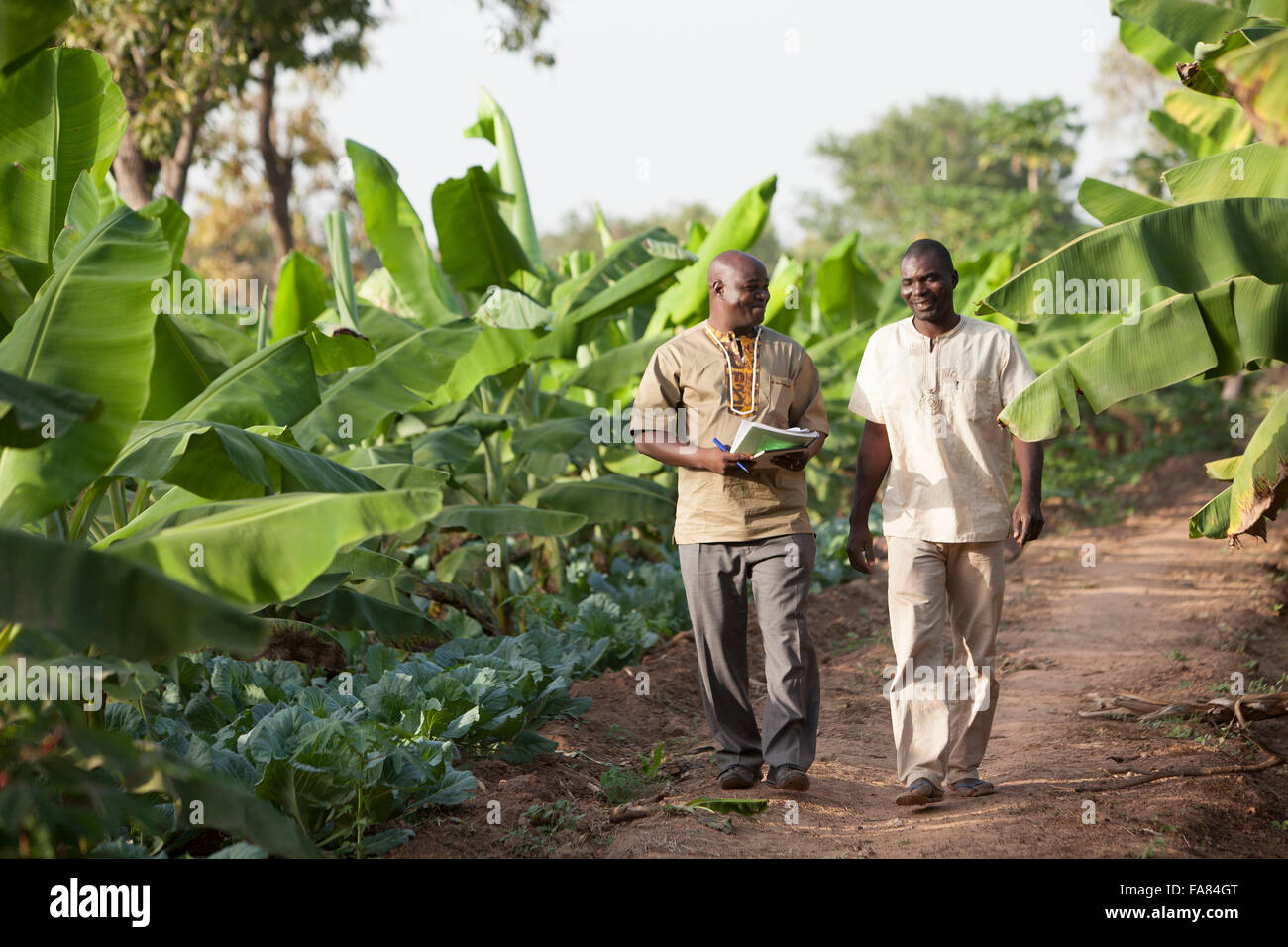Exploring the Trick Distinctions Between Commercial Farming vs Subsistence Farming
A Thorough Consider the Obstacles and Advantages of Modern Farming
Modern agriculture stands at the crossroads of development and sustainability, offering a wide variety of difficulties and opportunities. The path forward requires a careful evaluation of these characteristics, welcoming stakeholders to take into consideration the capacity for transformative change in farming practices and policies.
Technological Improvements in Farming
Innovations such as precision automation, agriculture, and biotechnology have transformed traditional farming techniques, permitting for more lasting and profitable procedures. Precision farming utilizes GPS innovation, sensing units, and information analytics to optimize field-level monitoring relating to crop farming.
Automation in farming has actually even more driven the sector ahead, with the introduction of self-governing tractors, drones, and robotics. These modern technologies decrease labor requirements and enhance operational rate, permitting for prompt planting and harvesting. Drones, in specific, provide valuable aerial images and data, helping farmers in checking plant wellness and discovering issues early.
Biotechnology has likewise played a crucial duty ahead of time agricultural practices. Genetically modified organisms (GMOs) have been developed to improve crop resistance to insects and diseases, decrease reliance on chemical therapies, and boost nutritional content. This modern technology adds to food protection and satisfies the demands of a growing worldwide population. Jointly, these technical improvements have actually prepared for a more durable and sustainable agricultural future.
Environmental Challenges
Agriculture encounters several environmental difficulties that intimidate its sustainability and efficiency. The long-lasting practicality of farming land is compromised, necessitating the fostering of even more lasting methods.
Water deficiency is another substantial obstacle, specifically in areas where farming greatly counts on watering. Climate adjustment is increasing this problem, modifying rainfall patterns and increasing the frequency of dry spells. Effective water administration systems, such as drip irrigation and rain harvesting, are critical to mitigate these effects, yet their execution continues to be irregular throughout different regions.
Moreover, agriculture is both a contributor and a sufferer to climate adjustment. Dealing with these environmental difficulties is essential for making certain a sustainable farming future.

Economic Effects
The economic effects of modern agriculture are profound and multifaceted, influencing both local and worldwide markets. Developments in technology and manufacturing methods have actually considerably raised farming productivity, leading to a lot more efficient food supply chains and lowered expenses for consumers.
Nonetheless, these advantages are not without difficulties. The capital-intensive nature of contemporary agriculture calls for significant investment in equipment, plant foods, and genetically customized seeds, which can be financially visit the website challenging for small-scale farmers. This typically results in enhanced financial obligation and monetary vulnerability, potentially resulting in the combination of ranches and the loss of rural source of incomes. Furthermore, global market fluctuations can influence the earnings of agricultural exports, making economic situations reliant on agriculture at risk to economic instability.
Moreover, aids and profession policies in established countries can distort market costs, impacting affordable equilibrium and possibly disadvantaging farmers in developing countries. Overall, while modern-day agriculture drives economic development, it likewise demands navigating complicated economic landscapes to guarantee fair and lasting development.
Social Ramifications
While modern farming has produced significant advancements, it likewise presents different social implications that require consideration. One major worry is the displacement of small farmers due to the increase of huge agricultures. As company farming entities progressively control the farming landscape, smaller ranches often battle to compete, leading to the disintegration of country areas and standard farming methods. This change can lead to a loss of local expertise and social heritage that smaller sized ranches maintain.

In addition, there are concerns regarding food safety and security and sovereignty. The emphasis on monoculture and genetically customized plants can undermine biodiversity and make food systems extra vulnerable to conditions and insects. Such practices could additionally restrict customer selections and minimize the capacity of local neighborhoods to manage their food resources. As these social effects unravel, it becomes important to resolve them to ensure equitable and sustainable agricultural growth.
Future Directions
Looking in advance, numerous promising opportunities for modern farming could address the challenges dealt with today while fostering lasting growth. Breakthroughs in technology, such as precision farming, supply the possible to optimize check my blog resource use and rise effectiveness. By utilizing information analytics and artificial intelligence, farmers can make enlightened choices pertaining to plant monitoring, resulting in lowered input expenses and decreased environmental influence. The combination of sustainable power resources into agricultural methods can dramatically decrease dependency on fossil fuels and add to lower greenhouse gas exhausts.
Biotechnology also holds enormous promise for the future of farming. Genetically modified organisms (GMOs) and gene editing and enhancing strategies, like CRISPR, could enhance plant durability against environment adjustment, parasites, and conditions, thus enhancing food safety. Moreover, diversifying plant ranges to include even more nutrient-dense and climate-resilient choices might boost both eco-friendly stability and human nourishment.

Conclusion
Modern farming, identified by technological advancements, offers both chances and difficulties. commercial farming vs subsistence farming. Attending to these complexities needs a change towards lasting methods that stabilize efficiency with environmental stewardship and social equity, therefore making sure a resilient future for global agricultural systems.
Modern agriculture stands at the crossroads of advancement and sustainability, offering a wide range of obstacles and possibilities. Furthermore, global market changes can impact the earnings of agricultural exports, making economies reliant on agriculture vulnerable to economic instability.
In addition, the extensive usage of innovation and mechanization in agriculture has led to a decrease in agricultural employment chances.Looking ahead, a number of encouraging opportunities for contemporary farming can attend to the challenges dealt with today while promoting sustainable development. commercial farming vs subsistence farming.Modern agriculture, identified by technological developments, presents both challenges and opportunities